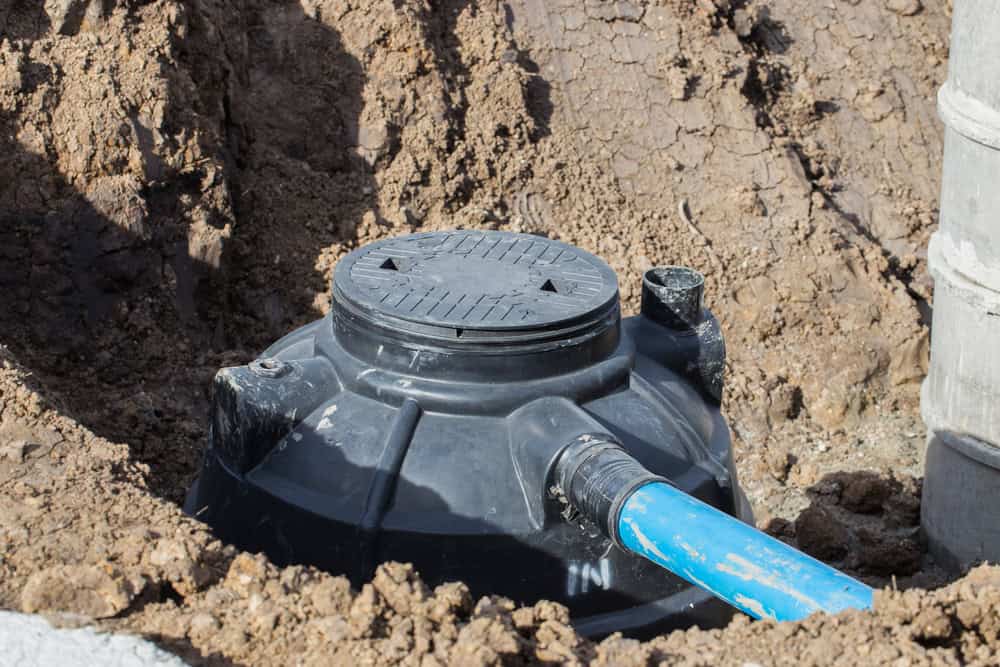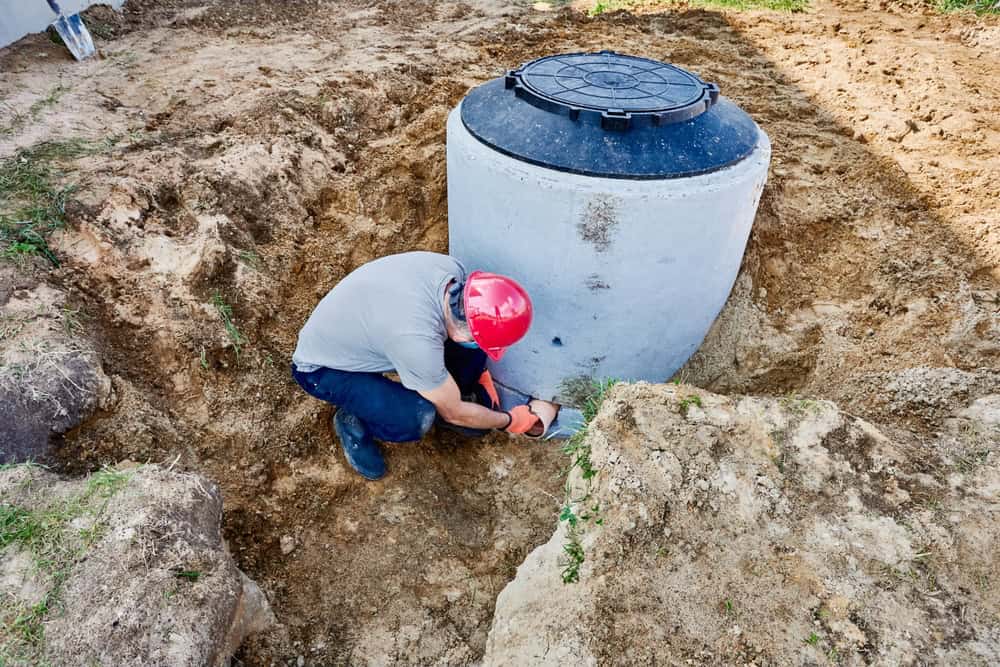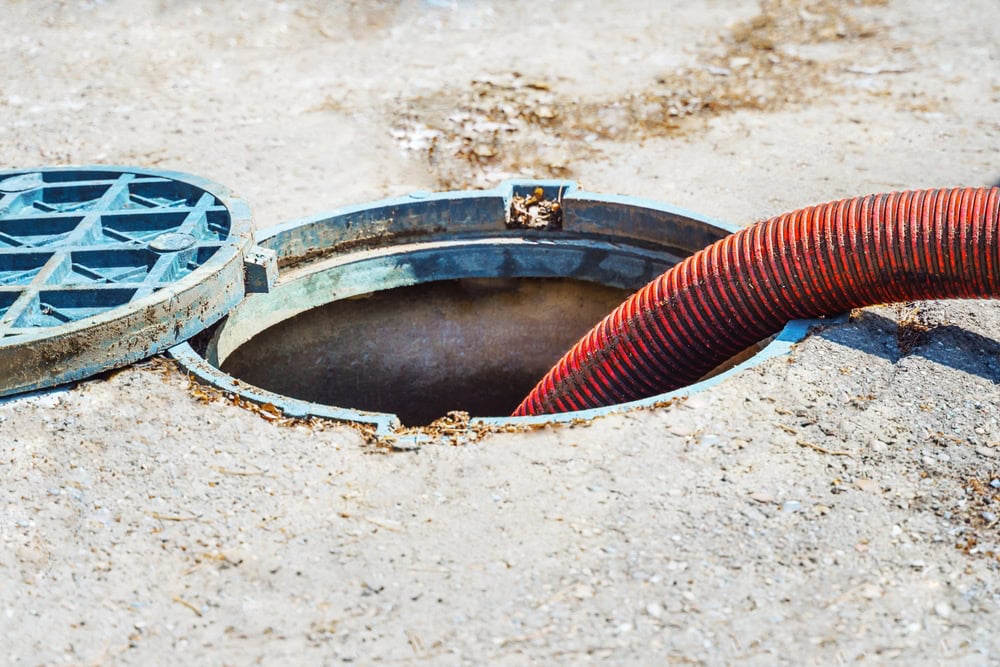Summary:
Understanding Long Island's New Septic System Requirements
Long Island’s septic regulations changed dramatically in recent years, and these changes directly affect your replacement project. Suffolk County banned traditional cesspool installations in 2019, while Nassau County implemented similar restrictions. Both counties now require nitrogen-reducing systems for most replacements.
These aren’t just bureaucratic hurdles. Nitrogen pollution from failing septic systems has increased 200% since 1987, contaminating groundwater and causing toxic algae blooms in local waterways. The new systems remove up to 90% of harmful nitrogen, protecting both your property value and Long Island’s water supply.
Understanding these requirements upfront prevents project delays and ensures your investment meets current standards. The regulations also determine your eligibility for substantial grant funding that can cover most replacement costs.
Available Grants and Financial Assistance Programs
Long Island homeowners have access to unprecedented financial assistance for septic replacements. Suffolk County’s Septic Improvement Program offers up to $10,000 in base grants, with additional funding bringing total assistance to $20,000 for qualifying projects. Nassau County provides even more generous support, with grants up to $20,000 for nitrogen-reducing system installations.
The state’s Septic System Replacement Fund adds another layer of support, contributing up to $10,000 toward eligible projects. When combined with local programs, many homeowners receive $30,000 or more in grant funding, often covering the entire cost of their new system.
These programs prioritize properties near sensitive waterways and sole-source aquifers. Your location relative to these areas affects both your eligibility and funding amount. The application process requires specific documentation, including income verification and proof of current system condition, but qualified contractors can guide you through the requirements.
Grant funding operates on a first-come, first-served basis with limited annual allocations. Suffolk County currently has funding for 403 grants, while Nassau County has supported over 400 installations. Applying early in the program year increases your chances of receiving full funding.
Low-interest loans through the Community Development Corporation of Long Island provide additional financing options for projects exceeding grant limits. These programs make system upgrades financially accessible for most Long Island homeowners, but you need to understand eligibility requirements and application deadlines.
Permit Requirements and Regulatory Compliance
Septic system replacement in Long Island requires multiple permits and approvals that vary by county and municipality. Suffolk County requires registration of all system replacements with the Department of Health Services, while Nassau County mandates compliance with specific nitrogen-reduction standards.
The permit process begins with soil testing and site evaluation to determine appropriate system design. Your contractor must submit detailed plans showing tank placement, drain field configuration, and compliance with setback requirements from wells, property lines, and buildings. This engineering phase typically takes 2-4 weeks and costs $1,500-$3,000 depending on site complexity.
Building permits range from $300-$500 for residential installations, but additional permits may be required for excavation, utility connections, or environmental impact assessments. Properties near sensitive waterways face stricter review processes that can extend approval timelines.
Working with licensed contractors familiar with local requirements prevents permit delays and ensures code compliance. Experienced professionals handle the paperwork, coordinate inspections, and maintain relationships with local health departments that expedite approvals. They also understand which system types meet current regulations while maximizing your grant eligibility.
Permit violations carry significant penalties and can complicate future property sales. The investment in proper permitting protects your project timeline and ensures your new system meets all current standards. Most reputable contractors include permit costs in their project quotes and guarantee regulatory compliance.
Recognizing When Your Septic System Needs Replacement
Most Long Island septic systems last 20-30 years, but several warning signs indicate replacement is necessary before complete failure occurs. Recognizing these signs early prevents emergency situations and gives you time to plan your replacement project properly.
Slow drains throughout your home, persistent sewage odors, and frequent backups are obvious indicators of system problems. However, more subtle signs like unusually green grass over your drain field or standing water in your yard also signal potential failure. These symptoms often appear months before complete system breakdown.
Age alone doesn’t determine replacement necessity, but systems installed before 1990 typically lack modern efficiency standards and may not meet current regulatory requirements.
Warning Signs That Require Immediate Attention
Certain septic system symptoms demand immediate professional evaluation because they indicate serious health and environmental risks. Sewage backing up into your home creates hazardous conditions that require emergency response. Raw sewage contains dangerous bacteria and pathogens that contaminate living spaces and pose immediate health threats to your family.
Persistent sewage odors inside your home or around your property indicate system failure or dangerous gas buildup. These gases aren’t just unpleasant—they can be toxic in enclosed spaces and signal that your system isn’t processing waste properly. Professional assessment within 24 hours prevents escalation to emergency situations.
Water contamination in nearby wells suggests your septic system is leaching untreated waste into groundwater. This contamination spreads beyond your property and creates liability issues with neighbors and local health authorities. Immediate testing and system evaluation protects both your family’s health and your legal interests.
Gurgling sounds from drains, toilets that won’t flush properly, and water pooling around your septic tank area all indicate imminent system failure. These symptoms typically worsen rapidly, leading to complete backup situations that require emergency pumping and temporary waste management solutions.
Acting quickly when you notice these warning signs prevents emergency situations that cost significantly more than planned replacements. Emergency septic services charge premium rates and may only provide temporary solutions that delay necessary replacement work. Professional evaluation helps you understand whether repair is possible or if replacement is the most cost-effective long-term solution.
Cost Factors and Budgeting for Your Replacement
Septic system replacement costs in Long Island vary significantly based on system type, site conditions, and regulatory requirements. Standard gravity-fed systems typically cost $3,500-$8,500 for a three or four-bedroom home, while advanced nitrogen-reducing systems range from $15,000-$25,000 before grant assistance.
Site accessibility affects labor costs substantially. Properties with limited access for excavation equipment, challenging soil conditions, or complex utility conflicts increase installation complexity and costs. Rocky soil conditions common in certain Long Island areas may require specialized excavation techniques that add $2,000-$5,000 to project costs.
System size depends on your home’s bedroom count rather than current occupancy. A four-bedroom home requires a 1,000-gallon tank regardless of how many people currently live there. Larger homes need correspondingly larger systems, with costs scaling accordingly. Tank material also affects pricing—concrete tanks cost less initially but may have shorter lifespans than fiberglass alternatives.
Excavation represents 50-70% of total project costs, making site preparation the largest expense component. Contractors must remove old systems, excavate new tank locations, install distribution boxes, and create proper drainage fields. This work requires specialized equipment and skilled operators, contributing to higher labor costs.
Additional costs include soil testing ($500-$1,000), permit fees ($300-$2,000), and system design ($1,500-$3,000). Properties requiring pump systems for uphill drainage add $1,500-$3,000 for equipment and electrical connections. Understanding these cost components helps you budget accurately and compare contractor quotes effectively.
Grant funding can offset most replacement costs, but you need to budget for upfront expenses and potential cost overruns. Many contractors offer financing options that help manage cash flow during the installation process. Getting detailed written estimates from multiple licensed contractors ensures you understand the full scope of your investment.
Making the Right Decision for Your Long Island Property
Septic system replacement represents a significant investment in your Long Island property, but understanding the process helps you make informed decisions that protect your family and your investment. New regulations require advanced systems that cost more initially but provide better long-term performance and environmental protection.
Available grant funding makes these upgrades financially accessible for most homeowners, but you need to act quickly to secure funding and avoid emergency replacement situations. Working with experienced local contractors who understand Long Island’s unique requirements ensures your project meets all regulations while maximizing available financial assistance.
Don’t wait until system failure forces emergency decisions. If you’re experiencing warning signs or your system is approaching 20 years old, contact us for a comprehensive evaluation that helps you plan your replacement project properly.




